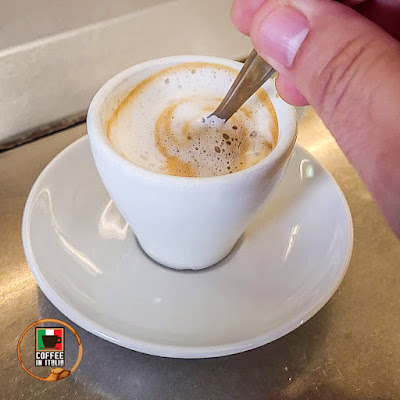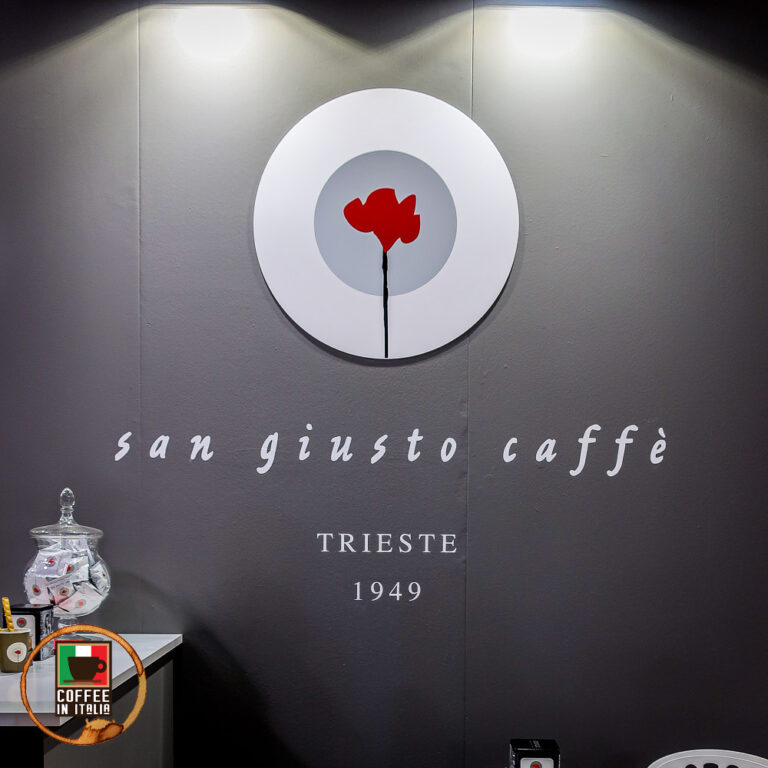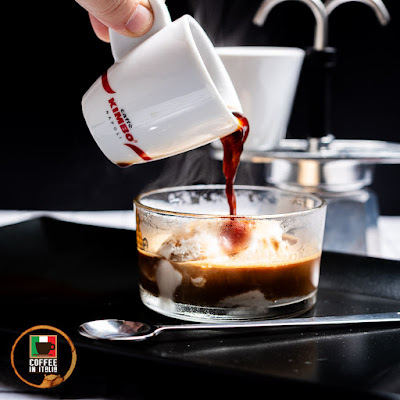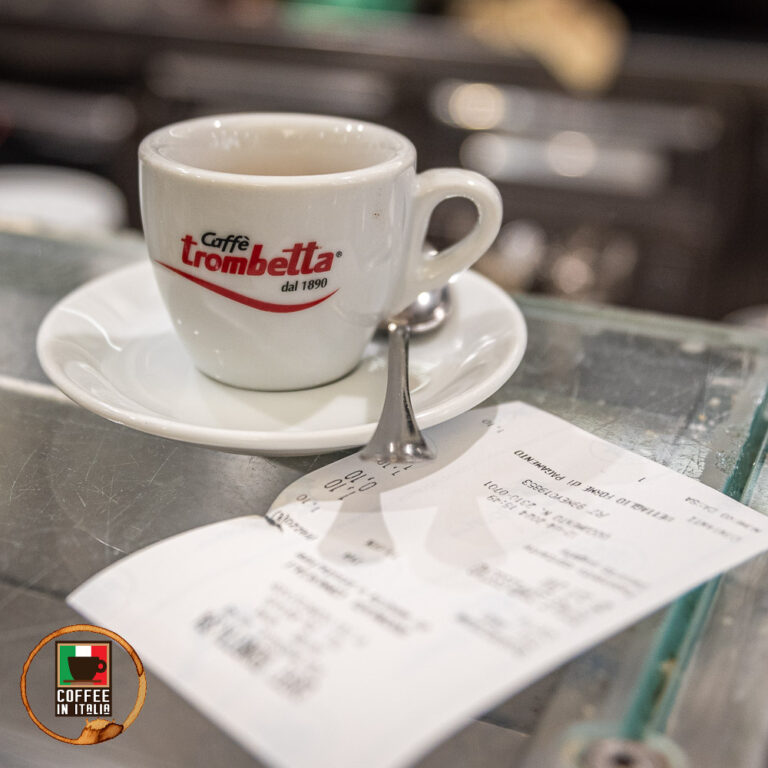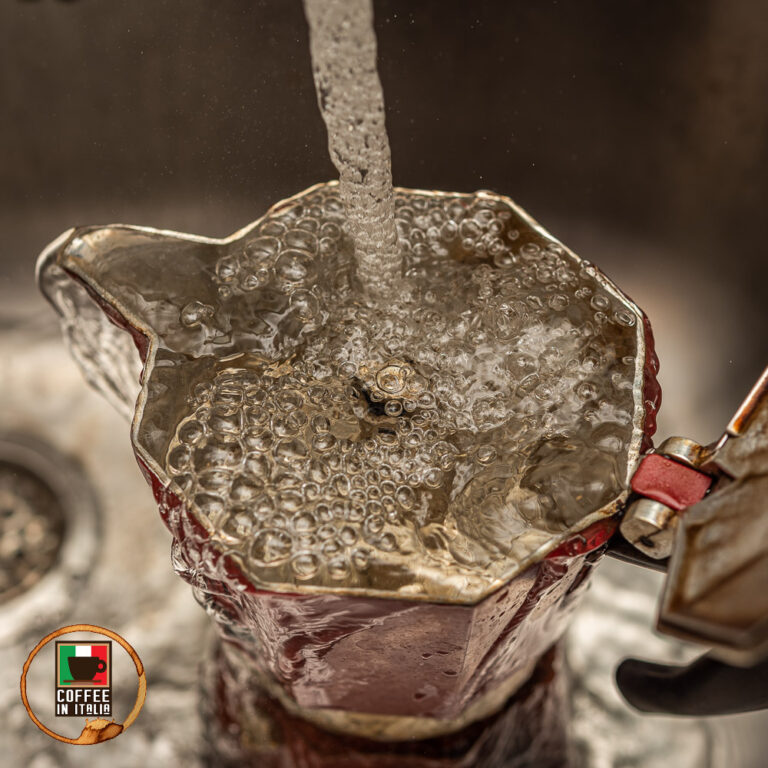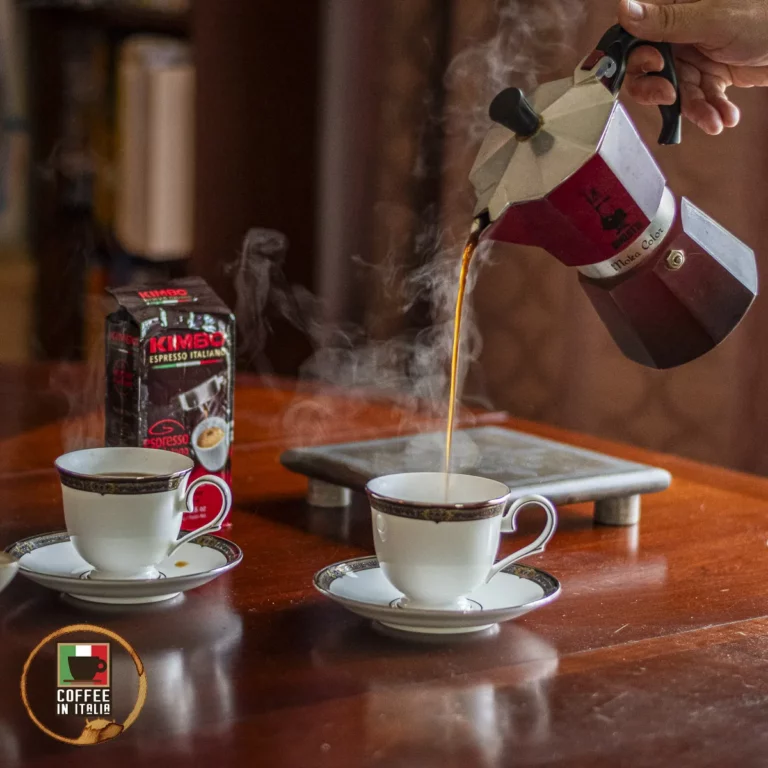How To Enjoy Relaxing Italian Coffee At Home
Having a delicious cup of Italian coffee at home in the morning is an important part of my daily ritual and has been for years. We made this such a big part of our lives that we had started an eCommerce site that specialized in selling coffee from Italy. Don’t worry, this isn’t a sales pitch as we shuttered the site when we moved to Italy and this blog is all that remains.

The way I consume coffee at home has changed a bit over the years. When I drank American roasted coffee I would typically drink a large quantity for breakfast and that was it for the rest of the day. Now I have a delicious cup at home that I make with my stovetop espresso maker and still enjoy additional espresso sized cups during the day if I feel a little sluggish.
How To Use A Moka Coffee Maker
As I mentioned above, I use a stovetop espresso maker, known as a moka, at home. If you are not familiar with it, the moka has become an iconic part of Italian coffee culture. The moka is a stovetop coffee percolator and the most popular brand was designed and patented in 1933 by Alfonso Bialetti.
The Bialetti brand is synonymous with the moka, although many other manufacturers have created their own versions. The distinctive Bialetti moka is recognized around the world. As an indication of the importance of the Bialetti moka to Italian culture, the son of the inventor Renato Bialetti was buried in a moka.
A moka can create a strong cup of coffee but doesn’t truly make espresso because there isn’t the same amount of steam and pressure as with a professional espresso machine. The foam made by the steam doesn’t really exist in a moka because the pressure isn’t even close.
Stovetop Espresso Maker Sizes
Mokas of all manufacturers generally follow the same design, but their parts typically are not interchangeable. They come in different sizes which range from a single 60ml espresso cup, to a giant 12-cup that could be used when guests arrive. We bought a cartoonishly large version that could probably make a gallon of coffee but also need an entire package of coffee to fill the funnel. There are different styles as well. These include mokas that drip right into an espresso cup and others that try to heat and foam your milk while the coffee is heating. For me, nothing beats the simplicity of the original.
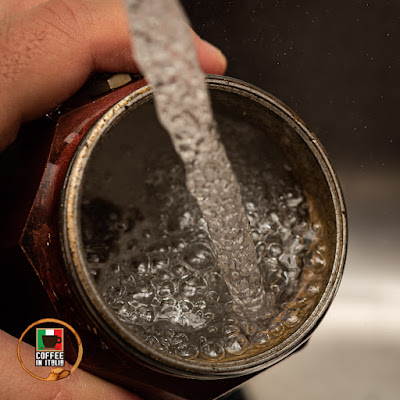
Cleaning Your Italian Stovetop Espresso Maker
Every video or blog you see that talks about a moka all say the same thing, don’t use soap to clean it. This is definitely true! Don’t clean a moka with dish soap, don’t use a soapy sponge and definitely don’t put one in the dishwasher. You need to use only water to clean the moka pots.
A couple of additions to this important rule:
While most people demonstrate the cleaning of a moka using only their fingers, I’ve also found using a bottle brush to be helpful in getting into the nooks and crannies.
If you feel like there is a buildup of coffee residue inside a hard to reach spot, you can also remove the gasket and simply boil all the parts.
Here in Italy, the water has a higher level of minerals in it than was my experience in the US and after a few months you will get a normal build up of mineral deposits. The easiest way to get rid of it is to let the moka soak in some water with plain white vinegar for as long as necessary. After a good rinse, you should then re-season the moka.
To season a moka when it’s new or after it’s been cleaned with vinegar, buy some cheap (i.e. low quality) coffee and boil a few pots to get rid of any residual tastes.
Italian Stovetop Espresso Maker Replacement Parts
After you have been using your moka for a while, you might feel like it’s time to replace some parts. Typically, the first thing to go is the gasket. It will get too dry and possibly even brittle. You’ll want to buy replacement parts that are made by the moka manufacturer because even if they look similar, the sizes can vary.
Other parts to consider replacing would be the funnel, the filter plate and the handle. The funnel and the filter plate can get damaged or get a build up of coffee residue that is hard to clean. Replacing these pieces will make your moka feel like new again. Just be sure to remember to re-season the moka.
The handle can also be replaced, which I’ve needed to do a couple times over the years. While there can be an unlimited list of reasons for replacing the handle, the two most common for me were:
Tightening the moka top while holding the handle. These handles are not made to be laterally strong and should not be used to tighten or loosen the pot.
If you use too high of a flame on your stove, the handle can and will melt. Make sure the pot is centered on the burner and the flames do not come up the side of the moka.
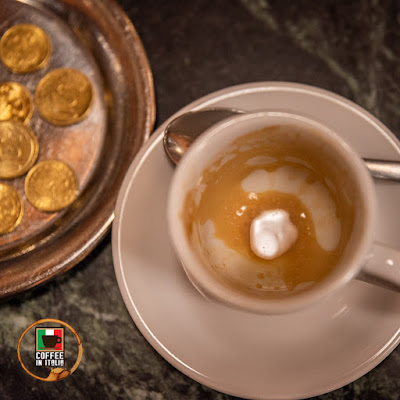
Alternate Ways To Make Coffee From Italy
I have been focusing on the moka, but there are some alternatives for making coffee from Italy at home. La Cuccumella is a stovetop coffee maker used most commonly in Naples and it was invented in 1819 by a Frenchman!
There are also single cup electric coffee makers, similar to those that you can find in any US office. You can buy the same brands of coffee in those little pods in most grocery stores, but why would you? The extra packaging is creating more waste and the complexity of cleaning can’t really be justified for a single cup.
The Right Coffee Grind
If you are ordering coffee that has a different grind depending on the intended coffee maker being used, or if you grind your own, it is important that you know the correct size of the grind. It is smaller than the grind for an American drip coffee maker, but larger than an espresso grind. You want to avoid using an espresso grind because it can clog the filter and blow hot steam out the valve. This will probably startle you the first time you experience it and it will waste the pot. For an estimate, the approximate size is a grain of salt.
The Strength Of Coffee From Italy
The strength of the coffee is indicated on the packaging as it is judged by the roaster. These aren’t universal or consistent so it would be best to only compare strength ratings within a single roaster’s offerings. For example, my favorite coffee is Espresso Napoletano by Kimbo, which is considered a 12 out of 13 on their strength scale. Our other 250g brick by Lavazza is a 10 out of 10. It seems difficult to compare but I feel pretty certain they both are strong!

More Italian Stove-Top Espresso Makers
Lastly, enjoying coffee from Italy at home is an experience not to be missed. I’ve taken the simplest approach to enjoying it, but if you really want to understand how seriously it is taken, check out this video from Gambrinus on the right way to do it. If you found this article about a stove-top espresso maker helpful and/or inspiring, please check out some of these other reviews that I think you will also enjoy:
The “La Cupola” By Alessi Will Brighten Every Morning.
The Beautiful Alessi Pulcina Stove-Top Espresso Maker.
Could A Famous Stove-Top Espresso Maker Go Out Of Business?
Long Live The Amazing Bialetti Stove-Top Espresso Makers!
A Neapolitan Coffee Experience.

